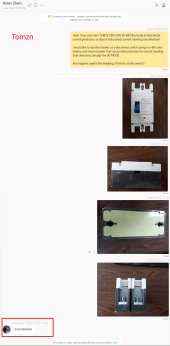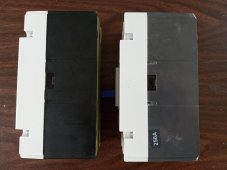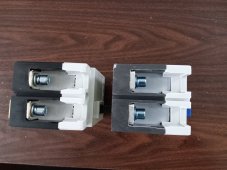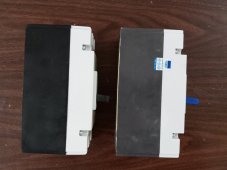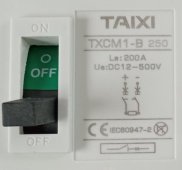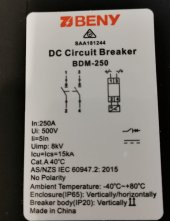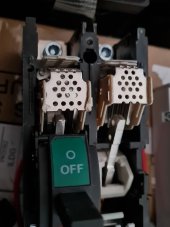robot_zombie
New Member
- Joined
- Sep 22, 2022
- Messages
- 68
I am in a similar pickle, I have two batteries, and purchased some ebay DC 100A MCB with plans to use them to turn on or off each pack, as well as protect against excess current flow between batteries in case of a battery short / failure within the pack, the MCBs will be isolating each battery from the main bus bar. Between the bus and the inverter I have 160A ceramic fuses.
I think I have magnetic MCB (still in the post), so I guess they will only protect in one direction - but since each battery has one, then the combination of two should still protect from a battery short in either pack (ie one would be in the correct direction). I think I will swap for non-polarised regardless.
I was also curious if anyone knows of any reverse arc tests at low voltage with a magnetic MCB (ie 48V), all the videos I have seen are at 250+ DCV!
I think I have magnetic MCB (still in the post), so I guess they will only protect in one direction - but since each battery has one, then the combination of two should still protect from a battery short in either pack (ie one would be in the correct direction). I think I will swap for non-polarised regardless.
I was also curious if anyone knows of any reverse arc tests at low voltage with a magnetic MCB (ie 48V), all the videos I have seen are at 250+ DCV!




